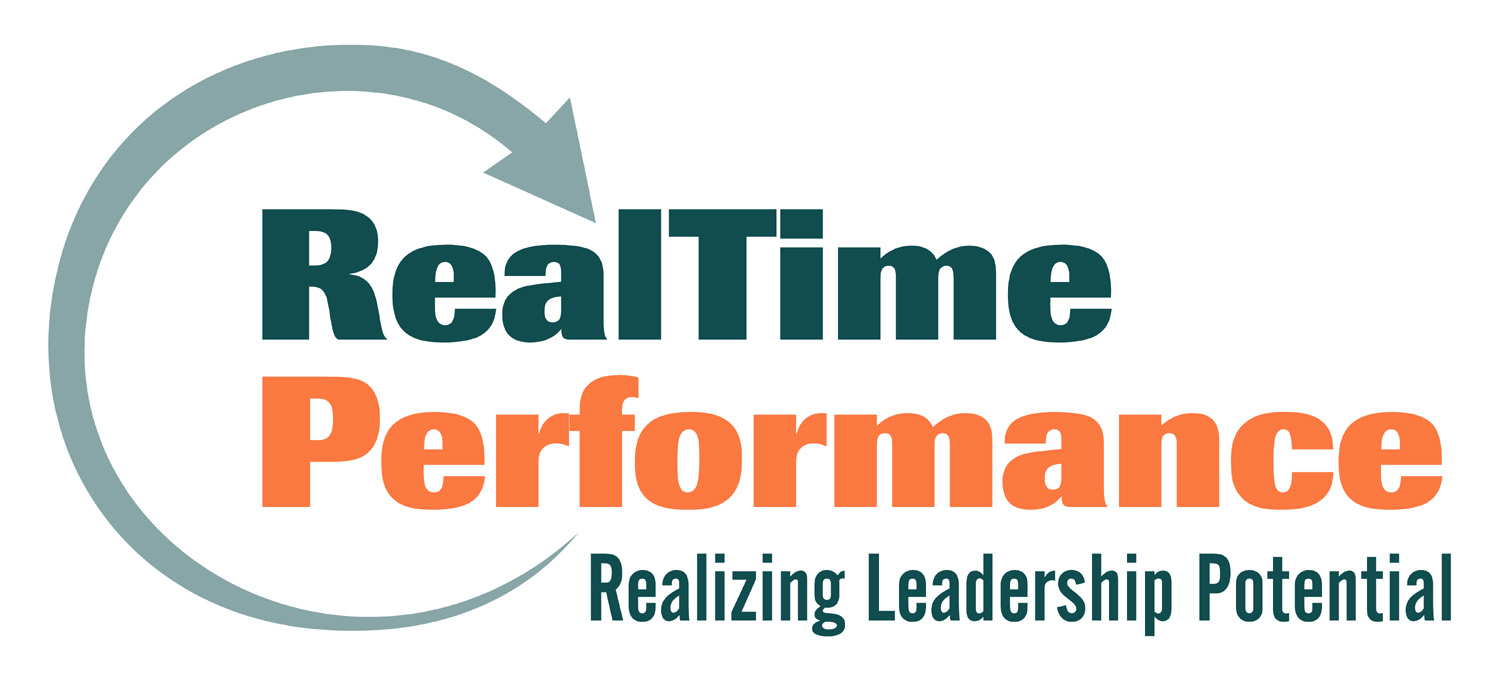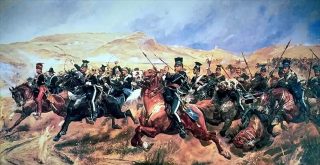Often when working with clients to design and deliver leadership training, I’m told to create an experience where participants have fun, are fully engaged in the program and learn new skills. Recently, I partnered with a client, a major U.S.-based insurance company, that decided to raise the bar and set the expectation that learners would also apply what they learned back on their job in a way that impacts business results.
To achieve this goal we applied the 5As Framework to the design and implementation of a training program for a group of high-potential managers as part of a regional leadership conference. The program we delivered was Interplay, a one-day business simulation where groups of 4 to 5 learners work together as a team to manage a business. In this case, the management teams where running small start-up organizations that were competing with large established insurance companies.
Interplay is a demanding program that keeps participants engaged at a high-level. The friendly competition between teams allows for a lot of fun with cheers for the winning team and collegial encouragement for the teams that are struggling. And throughout the day there are multiple opportunities to learn new skills around business acumen, teamwork, communication, decision making and strategy. The most important and most powerful learning objective is for participants to understand how their decisions impact a company financially and drive value for shareholders. Thus, Interplay met the criteria of being fun and engaging, and also taught new skills. However to ensure the skills where applied and business outcomes where impacted, we applied the 5As Framework:
Anticipation
An SVP kicked off the event by communicating to the participants how important this training is to their success. The leader reinforced that the individuals in the room were selected for their management and leadership skills, and the company truly believed in their potential. The SVP also set the expectation that the participants were expected to learn new skills, apply them back on their job, and help their department and the company achieve it’s business goals. This short speech helped participants anticipate success and open their minds to the possibility of learning new skills. It also reminded participants that they are expected to both apply new skills and achieve results.
Alignment
The first exercise of the day invited participants to review 10 learning outcomes from Interplay and select the 2-3 that are most important to them personally. In addition, we invited participants to share within their groups why these outcomes where so important, especially with respect to their current jobs and responsibilities at the company. Already, the participants were aligning learning outcomes with activities and results on their job, yet in a traditional sense, the “learning” had not yet started.
Alliance
There were six vice presidents and six Interplay teams participating in the program. Throughout the day, the vice presidents rotated from team to team, so they got a chance to observe and engage with each team. The V.P.s offered feedback, coaching and guidance, enriching the learning process. Later that evening, each V.P. was assigned a group of participants where, over dinner, they continued to coach and reflect on the learning.
Application
At the end of the day, when the energy and excitement was at its peak, we asked participants to personally reflect on their own Interplay Success Map. A Success Map is a document that explicitly identifies the linkages between the learning outcomes of Interplay, applications of that learning on the job and organizational results. For example, one participant identified the following linkage:
Interplay Learning Outcome: Understand how an investment in people development impacts business results.
Application on-the-job: Spend more time and resources at my regional office, getting to know my employees better, taking the time to coach and development them, and invest in employee development.
Impact on Results: Higher retention and increased employee productivity.
This participant now clearly understands the linkage between the learning outcome of Interplay (importance of people development) on the business outcome (employee productivity).
Accountability
Once the Success Maps were created and discussed at each team, we announced the “winners” of the Interplay simulation to great cheers. Thus we ended the day on a high-note with a burst of positive energy. But there was one more important message to be delivered before participants walked out the door. The SVP took the stage again and challenged everyone in the room to take the Success Map back to their offices and share them with their direct supervisors. If additional ideas or thoughts came to them on the plane, continue to add to the document. And finally, the SVP let them know that he was personally going to follow up with their supervisors to ensure that a conversation took place, and results where being measured.
The high-potential leaders in the room were not daunted, rather they were motivated to truly apply their new skills and achieve business success. They wanted to be accountable for their learning. In fact, they expected nothing less for their leaders and their organizations.


